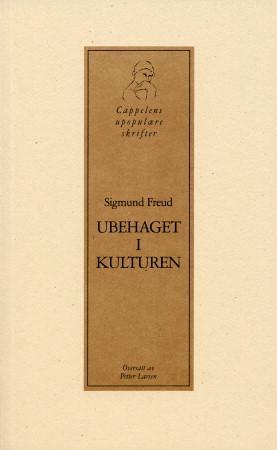
The Myth of Colorblind Christians av Jesse Curtis
399,-
<p><b>Reveals how Christian colorblindness expanded white evangelicalism and excluded Black evangelicals </b><br/>In the decades after the civil rights movement, white Americans turned to an ideology of colorblindness. Personal kindness, not systemic reform, seemed to be the way to solve racial problems. In those same decades, a religious movement known as evangelicalism captured the nation¿s attention and became a powerful political force. In <i>The Myth of Colorblind Christians</i>, Jesse Curtis shows how white evangelicals¿ efforts to grow their own institutions created an evangelical form of whiteness, infusing the politics of colorblindness with sacred fervor.<br/>Curtis argues that white evangelicals deployed a Christian brand of colorblindness to protect new investments in whiteness. While black evangelicals used the rhetoric of Christian unity to challenge racism, white evangelicals repurposed this language to silence their black counterparts and retain power, arguing that al








